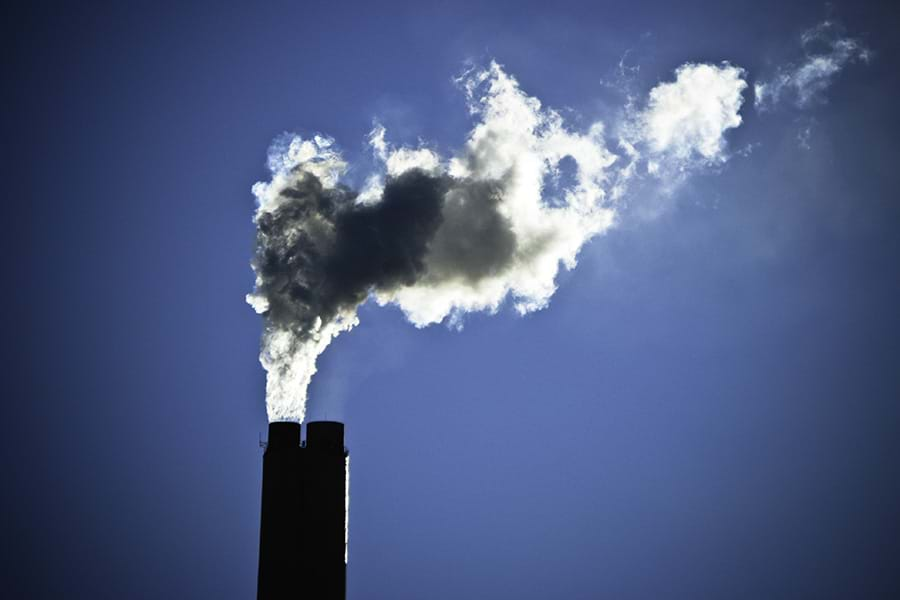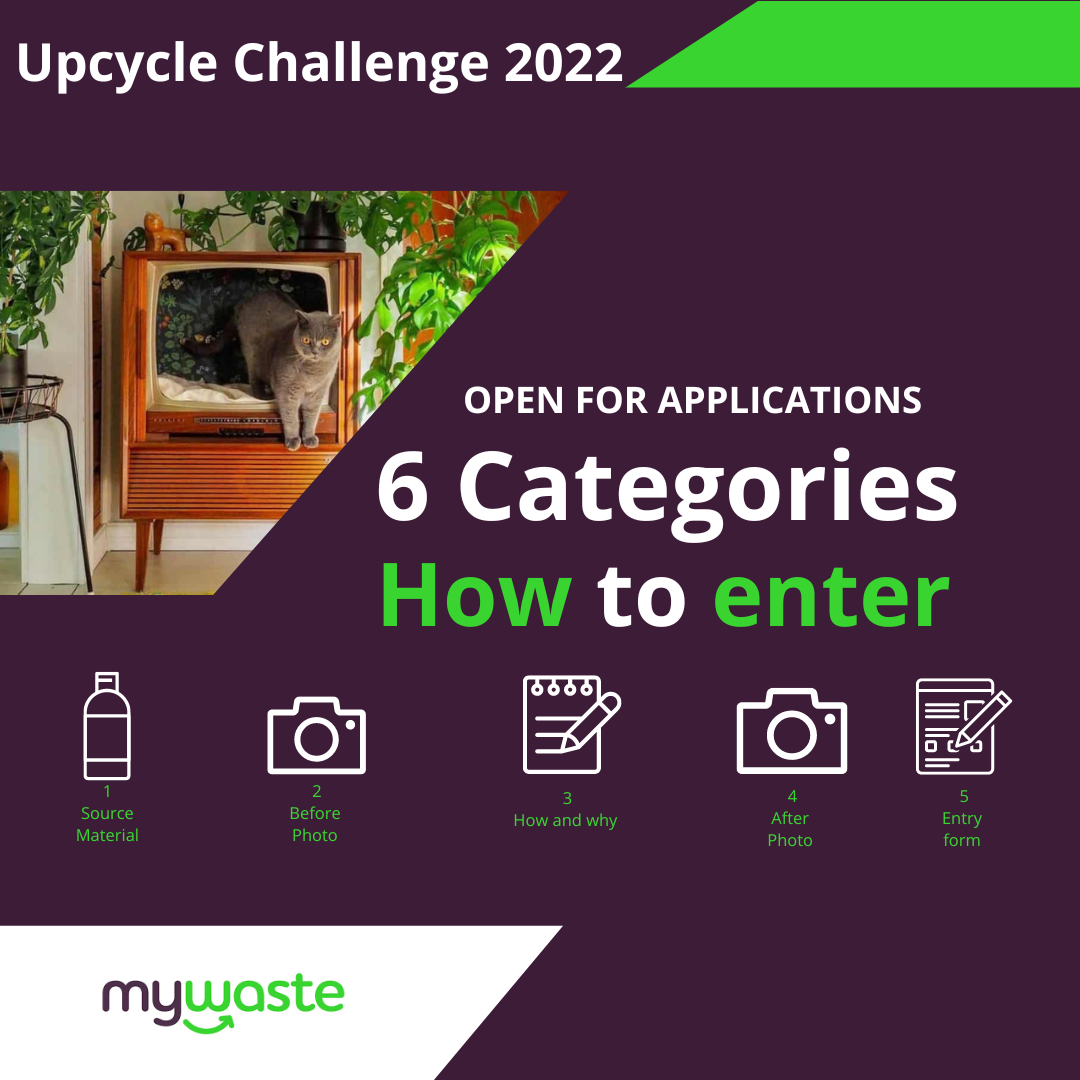Hundreds of millions of tonnes of waste end up in landfills yearly – actual wastelands of everything from mattresses to electrical equipment to unworn clothes, determined to be worthless and no longer needed.
Extending the value of such things and the materials they’re made of will lessen our reliance on extraction – raw material extraction – something our current economy is pretty good at and which translates into high sales-related profits. This shift would stem the environmental impacts of extraction, such as polluting waste streams and greenhouse gas (GHG) emissions.
“Using things longer” isn’t as simple as it sounds and understanding how to maximize the value of a product and its materials “post-consumer” is critical for a circular economy to work.
Towards a circular economy: Second (third or fourth) life
Two paths exist to maintaining the value of materials.
1. Hi-tech recycling
This system collects and sorts used products before leveraging hi-tech recycling processes powered by renewable energy to break them down into their constituent materials, re-process them into secondary materials and feed them back into similar products. This process has three effects:
1. Products are mostly made from recycled materials with less extraction for new virgin material required. Less material loses value through low-value waste management, such as landfill storage, incineration or down-cycling. New product carbon footprints are comparatively low.
2. Consumption patterns and traditional business models need not adapt as carbon emissions are reduced while business continues more or less as usual.
3. Conditions for workers in the waste sector (particularly in low-income countries) should improve as demand for recycling inputs rise.
The problem is that such processes aren’t currently possible at scale and neither is the renewable energy needed to power them. Establishing the processes and infrastructure to do this is expensive and is not being prioritized on a global level.
2. Using stuff longer
The second path towards circular economy is more low-tech: using things for longer means we replace things less frequently thereby lowering the need for new materials. This is not a revolutionary idea and in most low and middle-income countries, many consumer products have a longer lifespan than in the “West.”
But as simple as it sounds, adapting traditional and highly profitable business models to longer product lifespans requires a serious mindset shift from all corners.
Consumers will need to adjust their behaviour, for example, by consuming (buying, renting or borrowing) products whose lifetime they can extend through maintenance, repair, reuse and resale. These products may well be more expensive and may need to be consumed through subscriptions or rentals rather than outright purchases in some cases. Legislatures need to support this shift as well, for example, by making it easier to transfer product guarantees between owners and incentivizing repair over buying anew (e.g. by lowering the level of VAT).
The impact on businesses’ bottom line is that for most, fewer repeat purchases lead to lower profits. Businesses will need to wield updated business models to maintain profitability. These new models could include getting involved in repair, rental and resale, benefitting from the move towards longer product lifespans.
Rethinking the economy: reusing, repairing, reselling
Electronics
Electronic producers are starting to develop more repairable and upgradable devices, which is a practice the European Union will soon be enforcing. Increasing device lifespans and lowering repeat purchases will increasingly be built into purchasing choices as consumers are provided with more information regarding product lifetime at the point of sale.
Manufacturers have two choices. They can either focus on high-growth regions where increasing living standards mean that new customers continue to drive unit sales or find new ways to maintain profits. Renting out equipment, selling refurbished products and offering convenient repair services are all possibilities.

Fashion
A similar logic is visible in the fashion industry where giants like Zalando and H&M are moving into repairing clothes to increase lifespans, leasing and renting are becoming more popular and supply chains are finally starting to crack down on the mountains of waste created by huge amounts of oversupply. UK-based department store Selfridges has also announced that by 2030 it wants half its transactions to be resale, repair, rental or refills.
As a recent Kearney study showed, the vast majority of a t-shirt’s lifetime CO2 emissions stem from production. By buying less and using for longer, the amount of material ending up in waste streams is reduced as are the accompanying CO2 emissions.

Reusable packaging
Reusable packaging (e.g. refillable packaging) is also gaining pace. The UN resolution on marine plastic pollution is, further, pushing brands and producers to rethink single-use packaging but there are still multiple challenges. On the consumer side, convenience, safety and affordability cause hesitancy, while businesses worry about lacking infrastructure, financial viability and upgrading legacy packaging. But using the plastic in packaging more than once could lead to almost 50 million tonnes in annual plastic reduction (four times what flows into the ocean each year), another clear example of increasing lifespan to reduce waste streams and GHG emissions.
Looking ahead at the circular economy
Encouraging longer product lives with higher usage will not happen overnight. Collaboration across the value chain and a change in mindset from consumers are required. However, the inflationary pressure being felt by consumers across the world will speed up its advance.
Critically, however, longer product lives won’t happen without new thinking around economic growth. Increased repair and maintenance of goods and management of reuse or sharing systems can drive growth just as the sale of a new product does, at least in more developed economies. This growth will simply come in different shapes and forms compared to that which we have become accustomed previously. And currently, many big companies are not positioned to win.
There are signs that using stuff longer can work, however. When you walk down the streets of Mumbai or Mombasa: repair and maintenance shops abound. Equally, many successful startups have unlocked value from the fact that many products are not used very often (cars, second houses, wedding dresses) and have found ways to reduce material consumption by increasing the utilization of physical assets. Exploiting these facts to develop new lines of business remains radical in the eyes of many a risk-averse marketing department despite the size of the opportunity.
Consider this: if consumers in developed economies buy 25% less stuff, they free up a large chunk of their disposable incomes to buy further services associated with these purchases. Companies positioned to take advantage of this will benefit in otherwise largely stagnant markets.
Using stuff longer doesn’t solve all our problems and most products will eventually come to the end of their life. That’s why increasing investment in high-tech recycling is crucial, as is increasing renewable energy capacity to create a circular economy. Until this materializes, however, using our stuff more and for longer is the only solution.
Most recent
14 Feb 2023
Turn Red Hearts Green this Valentine’s Day
3 Feb 2023


